I would like to know how fast a typical body diode of a modern MOSFET is in terms of letting a voltage spike through. In the datasheets, only the reverse recovery is stated for blocking again, but nothing about how fast a forward transient can be. Are we here in the range of under 1ns and is this normally neglectable?
Edit: If we for example have a look at the following MOSFET (FDMS3D5N08LC): https://www.onsemi.com/pdf/datasheet/fdms3d5n08lc-d.pdf
There is nothing specified about how fast this diode turns on, but there is a voltage limit of 1.2V specified. So can this take several ns to several 10 of nanoseconds to turn on and so fast voltage spikes cannot be prevented by the body diode itself?
Further I made a LTSpice simulation and there is seems with a real MOSFETs body diode, the turn on time is way under 1ns. The thing is, I think the most delay comes from the parasitic inductances, when we take them into account, there is way more delay:

